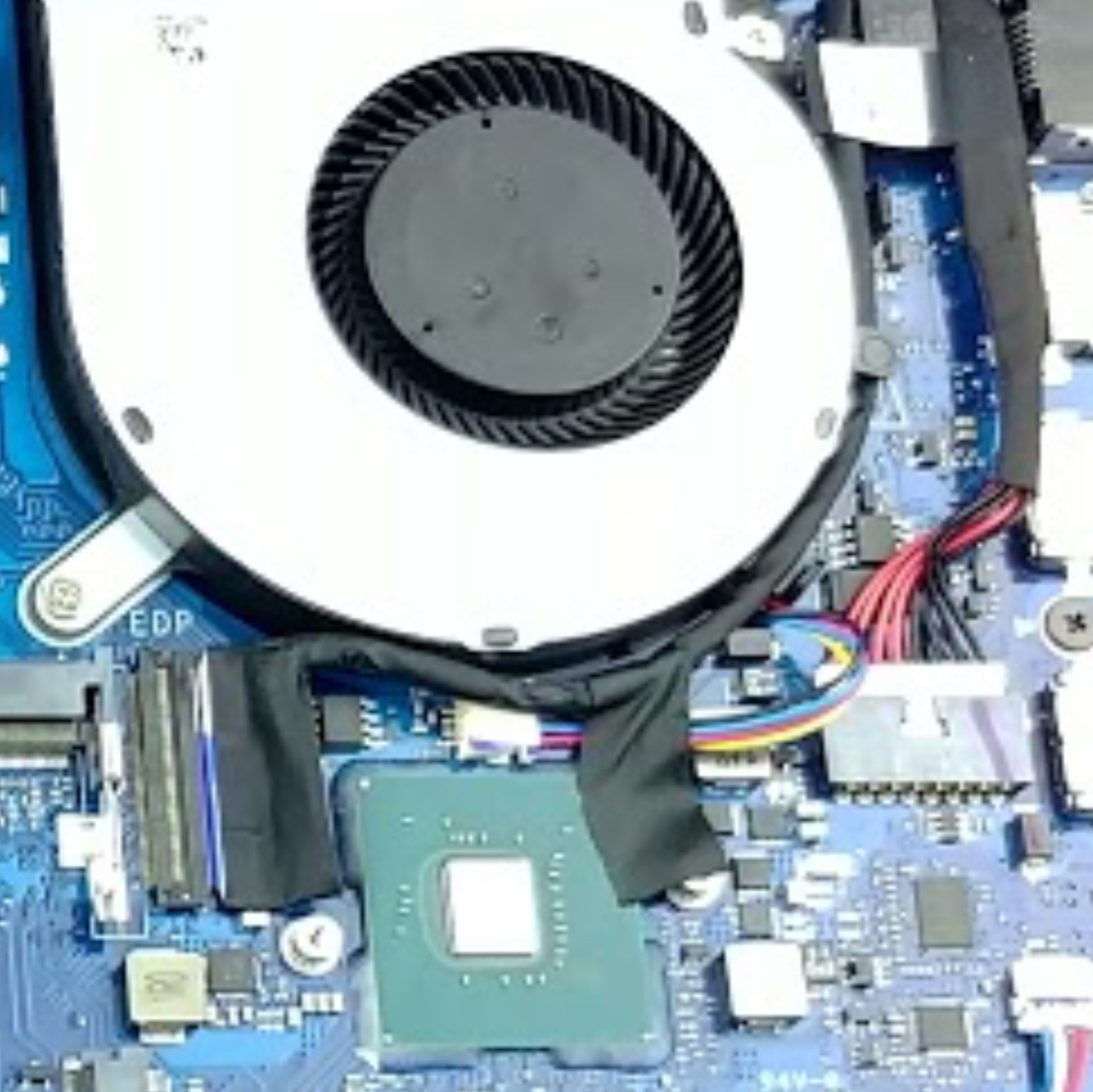

Most bash fans I’ve known carve out an exception for powershell from their overall critique of windows. Personally, I think it’s not a fair comparison considering how god fucking awful everything else is in windows, but I do agree that it’s a decent shell.




Are they referring here specifically to MVC/MV* frameworks, where React alone offers just the View, or are they referring to a more general notion of what constitutes a “full framework” that I’ve forgotten?